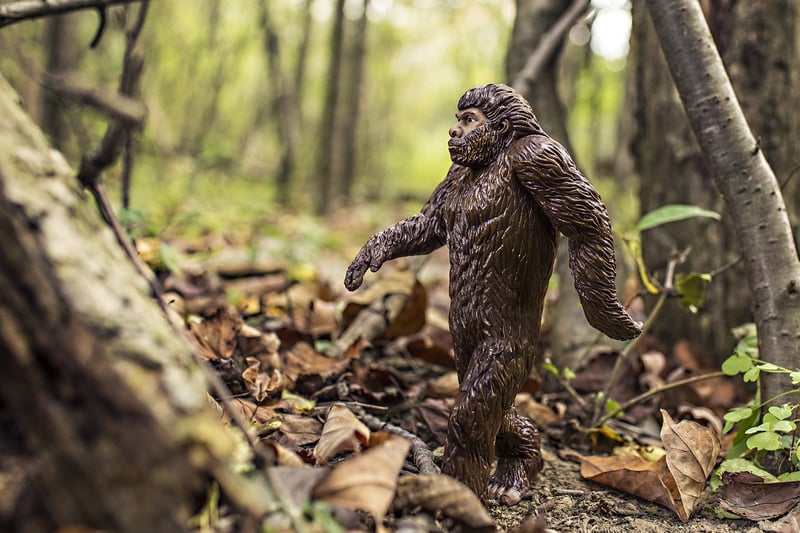Unverified Stories
Separating Fact from Fiction: Debunking Unverified Stories
With the rise of social media and online platforms, information spreads faster than ever before. However, not all stories that circulate are based on facts. It's essential to distinguish between what's true and what's merely fiction to avoid falling for misinformation. Let's delve into some common unverified stories and learn how to identify them.
Fact or Fiction: The Bigfoot Mystery
One of the most enduring mysteries is the existence of Bigfoot, also known as Sasquatch. While numerous sightings and anecdotes claim to prove its existence, there is no concrete scientific evidence to support the existence of this cryptid. Most sightings turn out to be misidentifications of known animals or hoaxes perpetuated for various reasons.

Debunking Urban Legends
Urban legends often spread like wildfire, especially on the internet. From haunted houses to cursed objects, these stories capture our imagination but are rarely based on truth. It's crucial to fact-check before sharing such tales to prevent the spread of misinformation.
Identifying Unverified Stories
- Check the source: Reliable sources are more likely to provide accurate information.
- Look for corroborating evidence: Cross-check facts with multiple reputable sources.
- Consider the tone: Sensationalized stories with clickbait titles are often dubious.
- Consult experts: When in doubt, seek the opinion of subject matter experts.
The Power of Critical Thinking
Developing critical thinking skills is essential in today's information age. By questioning what we read and hear, we can separate fact from fiction and make informed decisions. Remember, not everything you encounter online is true, so approach information with a skeptical eye.

Stay vigilant and always verify before sharing to combat the spread of unverified stories. Together, we can create a more informed and truthful online community.
For more tips on identifying misinformation, visit FactCheck.org.
